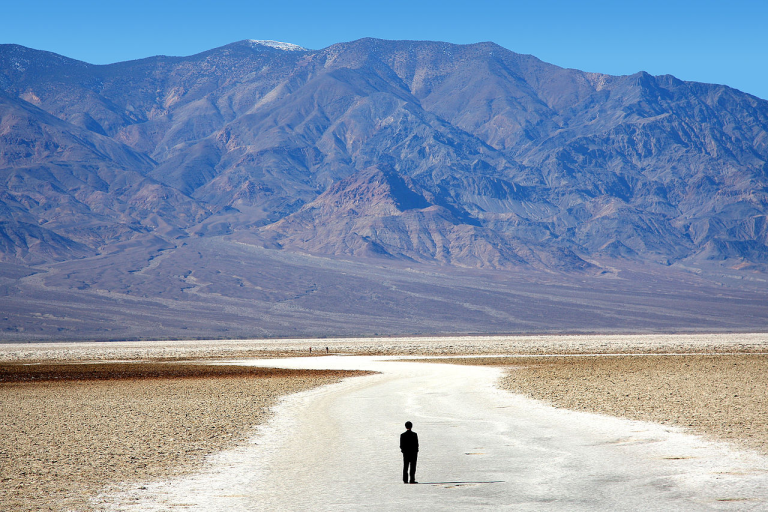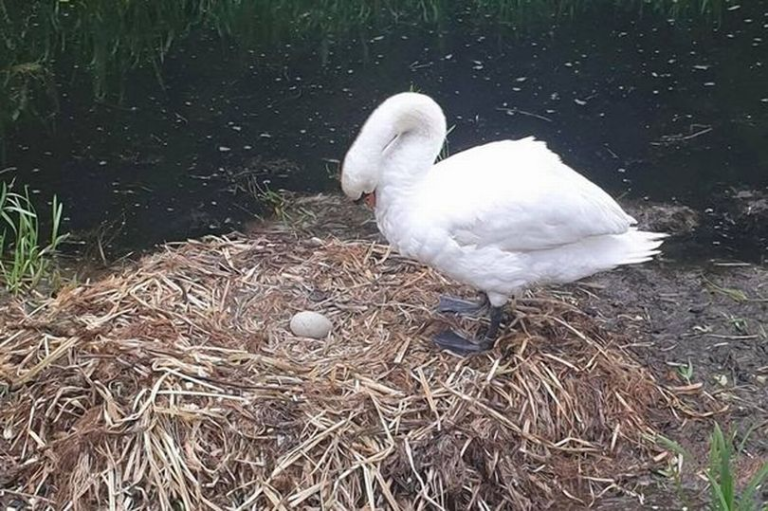Researchers warn: light also pollutes the environment
Scientists have found that the impact of artificial lighting has grown to the point of a systemic disruption, having a huge impact not only on human health but also on the daily functioning of animals and plants.
According to research by a team of biologists from the University of Exeter, the scope and intensity of human illumination of the planet increases by about 2%. annually. Experts warn that this is a problem that can be compared to climate change – reports “The Guardian”.
Artificial lighting changes the reproductive cycles and pollination of insects, patterns of behavior and activity, and susceptibility to predators in many species of plants and animals – they write in the journal Nature Ecology and Evolution.
The study includes 126 peer-reviewed observations, including birds flying to lighthouses, sea turtles wandering inland among brightly lit hotels looking for the rising sun and trees budding in early spring.
Reduced levels of melatonin – a hormone regulating sleep cycles – were found in all tested animal species as a result of artificial lighting at night.
Behavioral patterns were disrupted in both nocturnal and diurnal creatures. Rodents, which feed mainly at night, were active for shorter periods of time, while birds began singing and searching for worms earlier in the day.
Another pollutant
– The effects are ubiquitous. The effects were felt everywhere: in microbes, invertebrates, animals and plants, said lead author Kevin Gaston, a professor at the Institute for the Environment and Sustainability. – We need to start thinking about lighting the way we think about other big systemic pressures like climate change.
He added that there has been an increase in the number of studies in the last 5-10 years as the amount of lighting in the world has increased and the effects have become more visible.
Satellite images of the Earth at night show how quickly the problem is spreading geographically. The lights are also becoming more intense as expensive soft amber bulbs are replaced by more cheap, bright white LEDs. This is problematic from a biological perspective because white light has a broader spectrum, just like sunlight.
As the scientist noted, unlike the climate crisis, solving the lighting problem would generate savings, not costs. If people use less light, it would mean lower costs, less electricity used and fewer pollutants. However, this involves a change in thinking. – At the heart of this is a deep-seated human need to light up the night. In a way, we are still afraid of the dark, Gaston said. – We need to think in terms of using artificial light only when we need it and only in places where we need it. According to him, “it’s another pollutant.”






